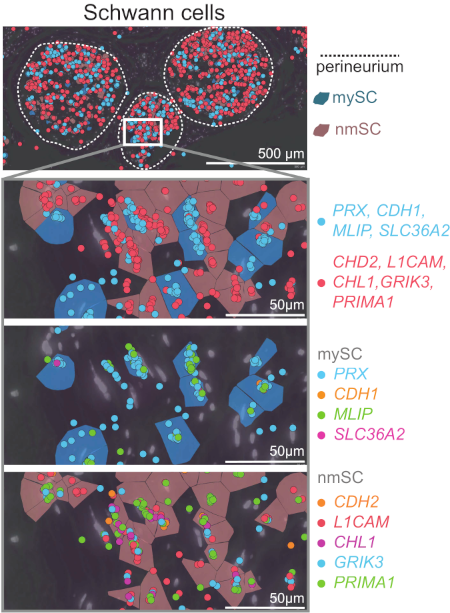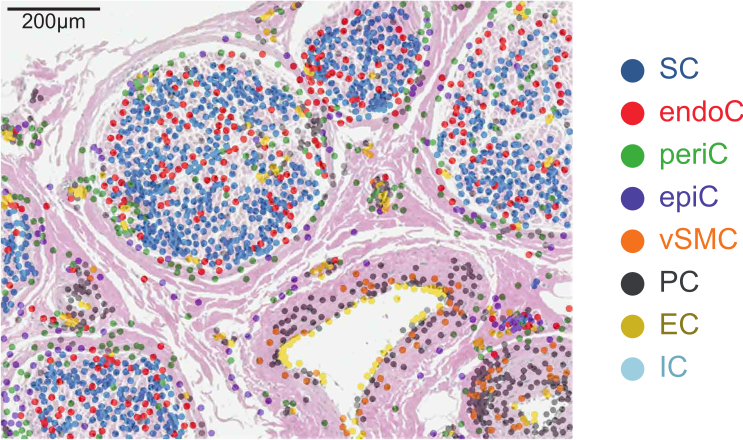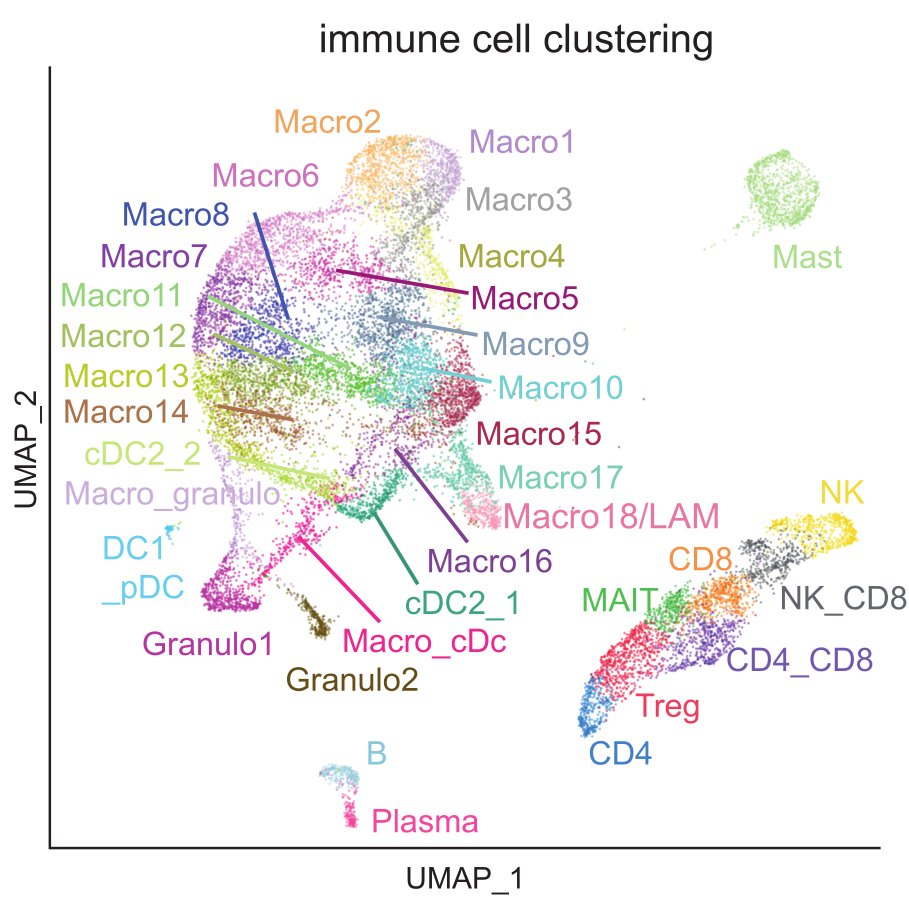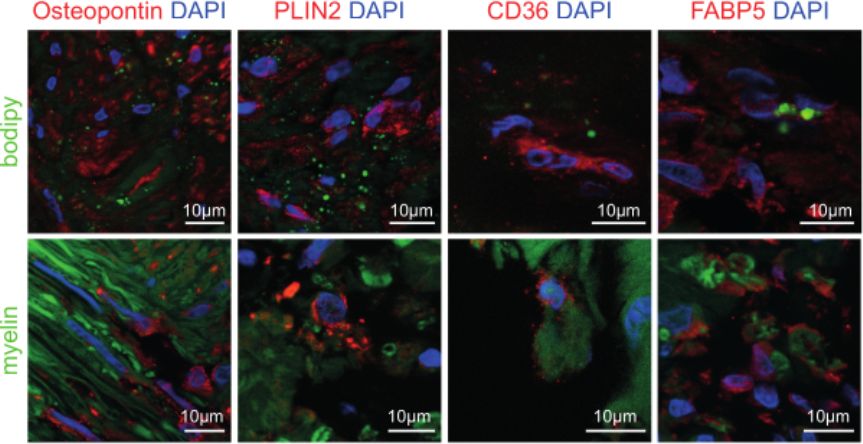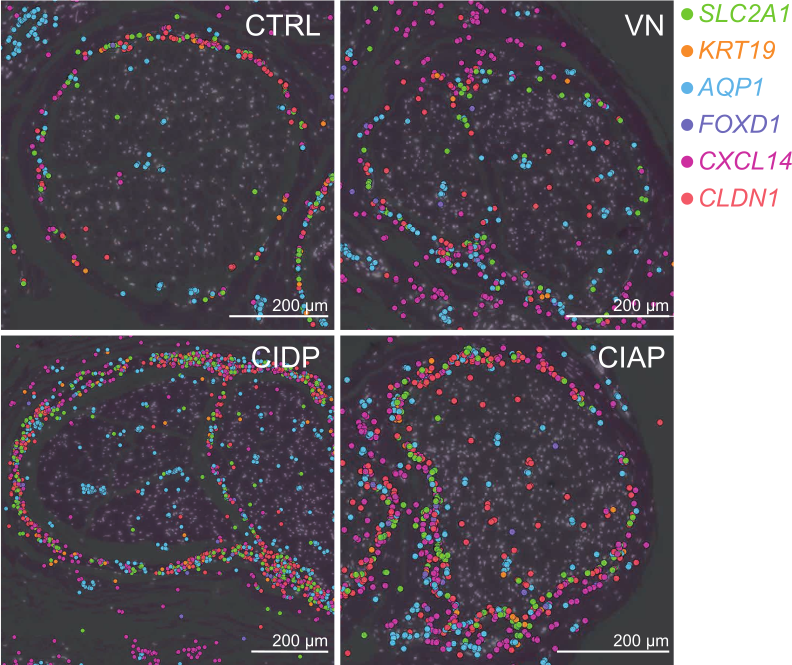
Gerd Meyer zu Hörste
@mzhlab
Neurology / Neuro-immunology Clinician-Scientist
@WWU_Muenster @UK_Muenster with focus on #neuroimmunology
ID: 1257235263195156480
https://mzhlab.com/ 04-05-2020 09:07:13
74 Tweet
287 Takipçi
155 Takip Edilen

Gerd Meyer zu Hörste We are excited to present a first large-scale (365,708 nuclei) single cell atlas of human peripheral nerves combined with subcelullar spatial transcriptomics (#Xenium) biorxiv.org/content/10.110… Explore yourself at : pns-atlas.mzhlab.com 🧵A tweetorial: 1/11
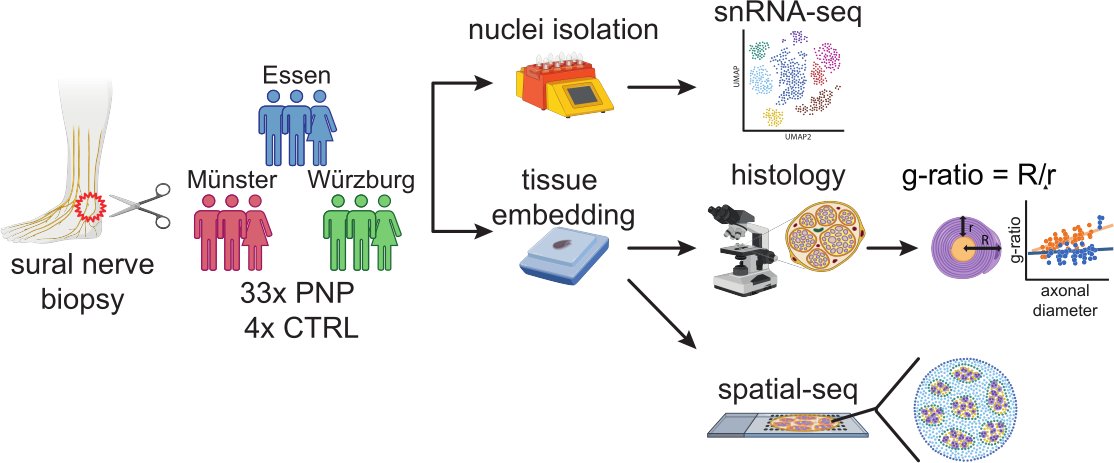


So proud of this collaborative work! Thanks to all involved, including Claudia Cantoni Brian Edelson Maxim Artyomov Gerd Meyer zu Hörste Joe Sabatino

We are looking for a leader of our new spatial #biology core facility. Join us if you are interested to work with mulitplexed immunohistochemistry, spatial transcriptomics, and mass spec imaging in the fields of #inflammation, #cancer, and #Neuroscience. jobs-sf.ukmuenster.de/job/UKM-Postdo…


Our paper was just published in Nature Communications. First single‑nucleus atlas of human sural nerves in health and disease. Identified lipid‑phagocytosing macrophages, and focal perineurial hyperplasia especially in immune polyneuropathies. rdcu.be/eB2Dg

Very proud that our human PNS atlas is finally published in Nature Communications. We found perineurial hyperplasia and lipid-associated nerve macrophages in #polyneuropathies. Explore: pns-atlas.mzhlab.com A tweetorial 1/13 doi.org/10.1038/s41467…









10/13 immune, repairSC and periC3 cluster also correlated with clinical disease severity (INCAT score) and myelin thickness (g-ratio). (using CNA Ilya Korsunsky


11/13 Transcriptional changes affected multiple cells outside of the endoneurium across PNPs, suggesting PNPs as pan-nerve diseases (using miloDE from MarioniLab )




Linking people who were involved or who might be interested in reading this: Gerd Meyer zu Hörste @borschanna Jolien Wolbert Christian thomas Claudia L. Sommer Peripheral Nerve Society (PNS) @LuiseAppeltshauser Ming "Tommy" Tang Diana Tavares Ferreira

